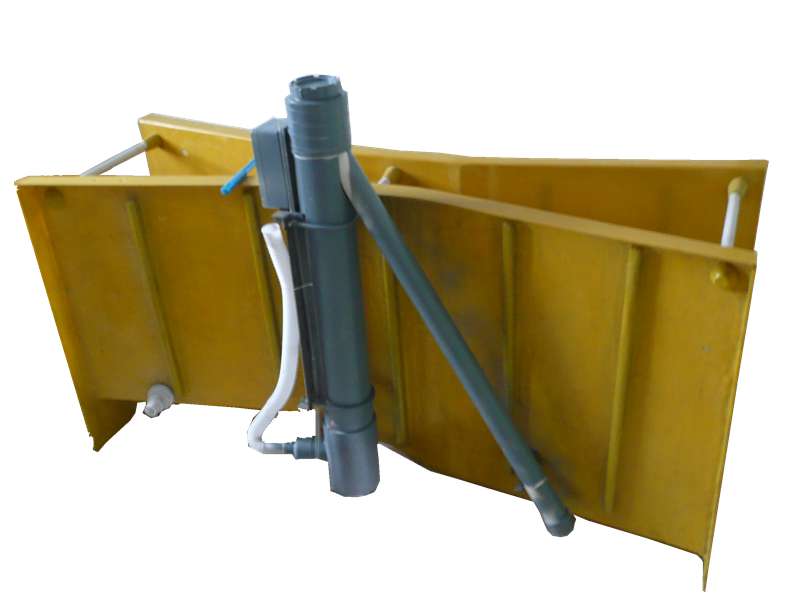
-
 Afrikaans
Afrikaans -
 Albanian
Albanian -
 Amharic
Amharic -
 Arabic
Arabic -
 Armenian
Armenian -
 Azerbaijani
Azerbaijani -
 Basque
Basque -
 Belarusian
Belarusian -
 Bengali
Bengali -
 Bosnian
Bosnian -
 Bulgarian
Bulgarian -
 Catalan
Catalan -
 Cebuano
Cebuano -
 China
China -
 China (Taiwan)
China (Taiwan) -
 Corsican
Corsican -
 Croatian
Croatian -
 Czech
Czech -
 Danish
Danish -
 Dutch
Dutch -
 English
English -
 Esperanto
Esperanto -
 Estonian
Estonian -
 Finnish
Finnish -
 French
French -
 Frisian
Frisian -
 Galician
Galician -
 Georgian
Georgian -
 German
German -
 Greek
Greek -
 Gujarati
Gujarati -
 Haitian Creole
Haitian Creole -
 hausa
hausa -
 hawaiian
hawaiian -
 Hebrew
Hebrew -
 Hindi
Hindi -
 Miao
Miao -
 Hungarian
Hungarian -
 Icelandic
Icelandic -
 igbo
igbo -
 Indonesian
Indonesian -
 irish
irish -
 Italian
Italian -
 Japanese
Japanese -
 Javanese
Javanese -
 Kannada
Kannada -
 kazakh
kazakh -
 Khmer
Khmer -
 Rwandese
Rwandese -
 Korean
Korean -
 Kurdish
Kurdish -
 Kyrgyz
Kyrgyz -
 Lao
Lao -
 Latin
Latin -
 Latvian
Latvian -
 Lithuanian
Lithuanian -
 Luxembourgish
Luxembourgish -
 Macedonian
Macedonian -
 Malgashi
Malgashi -
 Malay
Malay -
 Malayalam
Malayalam -
 Maltese
Maltese -
 Maori
Maori -
 Marathi
Marathi -
 Mongolian
Mongolian -
 Myanmar
Myanmar -
 Nepali
Nepali -
 Norwegian
Norwegian -
 Norwegian
Norwegian -
 Occitan
Occitan -
 Pashto
Pashto -
 Persian
Persian -
 Polish
Polish -
 Portuguese
Portuguese -
 Punjabi
Punjabi -
 Romanian
Romanian -
 Russian
Russian -
 Samoan
Samoan -
 Scottish Gaelic
Scottish Gaelic -
 Serbian
Serbian -
 Sesotho
Sesotho -
 Shona
Shona -
 Sindhi
Sindhi -
 Sinhala
Sinhala -
 Slovak
Slovak -
 Slovenian
Slovenian -
 Somali
Somali -
 Spanish
Spanish -
 Sundanese
Sundanese -
 Swahili
Swahili -
 Swedish
Swedish -
 Tagalog
Tagalog -
 Tajik
Tajik -
 Tamil
Tamil -
 Tatar
Tatar -
 Telugu
Telugu -
 Thai
Thai -
 Turkish
Turkish -
 Turkmen
Turkmen -
 Ukrainian
Ukrainian -
 Urdu
Urdu -
 Uighur
Uighur -
 Uzbek
Uzbek -
 Vietnamese
Vietnamese -
 Welsh
Welsh -
 Bantu
Bantu -
 Yiddish
Yiddish -
 Yoruba
Yoruba -
 Zulu
Zulu
Durable Composite Pipe Solutions for Enhanced Performance and Longevity
Fiberglass Reinforced Pipe A Modern Solution for Efficient Transport
Fiberglass reinforced pipe (FRP) has emerged as a cutting-edge solution for various industries requiring reliable and efficient transport of fluids. Combining the strength of fiberglass with the lightweight and corrosion-resistant properties of plastics, FRP offers significant advantages over traditional piping materials, such as steel and concrete.
One of the primary benefits of FRP is its remarkable resistance to corrosion. Since many industries, including chemical manufacturing, water treatment, and oil and gas, deal with aggressive and corrosive substances, the longevity of the piping system is crucial. Unlike metal pipes that can rust and erode over time, fiberglass reinforced pipes can withstand harsh environments, reducing maintenance costs and extending service life.
Moreover, the lightweight nature of FRP makes it easier to handle and install. This property not only reduces labor costs during installation but also decreases transportation costs due to the lighter load. The flexibility of fiberglass allows for the creation of complex designs and configurations without compromising strength, making it an ideal choice for applications in tight spaces or areas with challenging topographies.
fiberglass reinforced pipe

FRP also exhibits excellent thermal insulation properties, which are essential in maintaining the desired temperature of transported fluids. This thermal efficiency can result in significant energy savings, particularly in industries where temperature control is critical.
In addition to these functional advantages, the sustainability of FRP is an important consideration. The materials used in fiberglass production are often recyclable, and the reduced need for maintenance and replacement contributes to a lower overall environmental impact. As industries worldwide strive to embrace greener practices, the adoption of FRP systems can facilitate compliance with environmental regulations.
Furthermore, the versatility of fiberglass reinforced pipes extends their applications beyond traditional fluid transport. They are increasingly utilized in various sectors such as telecommunications, construction, and even electrical applications. For instance, FRP can serve as conduits for cables and other utilities, contributing to the development of smart cities and modern infrastructure.
In conclusion, fiberglass reinforced pipes represent a modern and efficient solution for fluid transport and various other applications. Their corrosion resistance, lightweight design, thermal efficiency, and sustainability make them an attractive choice for industries looking to enhance operational efficiency while minimizing environmental impact. As technology continues to advance, the potential for FRP as a key player in infrastructure development only seems poised to grow.









